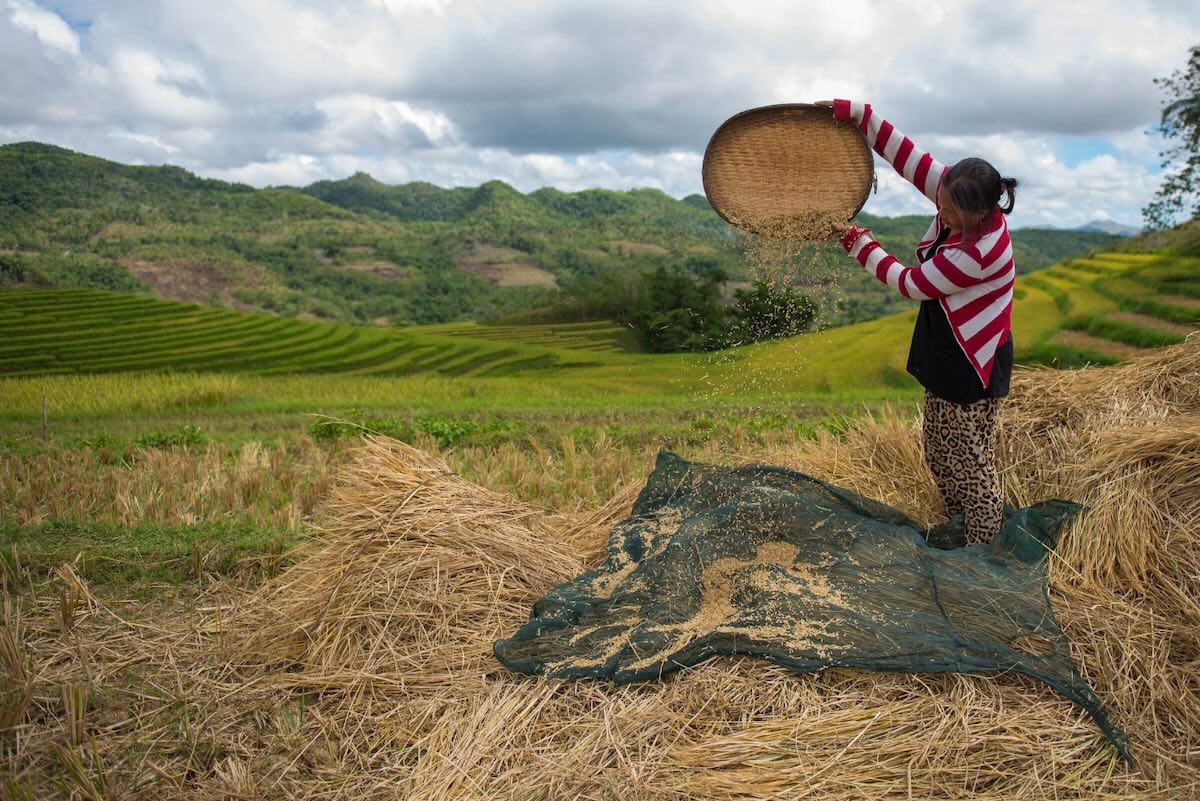Weather, harvest woes restrain agri lending

Vulnerabilities to natural calamities and harvesting uncertainties remain the most common problems that banks face when extending credit to agriculture, hampering the sector’s growth.
That was according to the 2022 Countryside Bank Survey (CBS) report released by the Bangko Sentral ng Pilipinas (BSP) on Friday, which nevertheless showed that banks are willing to increase their lending to the sector on expectations of strong demand postpandemic.
Findings from the CBS—a collaboration between the BSP and the Department of Agriculture (DA)—showed that these inherent risks were aggravated by the pandemic, which had affected the health and livelihood of farmers and jeopardized their capacity to pay bank loans. As it is, the CBS reported that agricultural borrowers often struggle to meet basic credit criteria, making it challenging for them to secure loans.
At the same time, respondent banks said diseases such as the African swine flu and avian flu, along with pest infestations, posed “significant challenges to agriculture.”
“Major exogenous factors affecting the agricultural sector include extreme weather and climate conditions, notably typhoons, El Niño and La Niña, which can damage crops and disrupt farmers’ production and incomes,” the BSP said.
“Moreover, economic shocks like the COVID-19 pandemic further affected the sector by raising input costs and depressing market prices,” it added.
CBS data showed that the share of agriculture loans and services had increased to 18.1 percent in 2022, from 17.6 percent in 2021, as the economy emerged from harsh lockdowns.
The BSP said the bigger lending to farm activities coincided with the enactment of Republic Act No. 11901, which gave banks greater flexibility in allocating the 25-percent mandatory credit quota to a range of borrowers in the agriculture, fisheries and agrarian reform sectors.
Prior to the passing of the law, banks were required to allot 10 percent of their lending portfolio to agrarian reform beneficiaries and 15 percent for agricultural activities.
Figures showed there was a 36.7-percent year-on-year increase in the total value of agricultural loans in 2022. Average interest rates on such loans ranged from 12 percent to 18 percent that year, higher than those on nonagricultural loans, which ranged from 7.5 percent to 16 percent.
The BSP reported that most respondent banking units still require traditional loan securities from agricultural borrowers, mainly favoring real estate mortgages. To encourage more lending, two-thirds of banks polled stressed the importance of credit support mechanisms like guarantees and loan insurance, access to borrower information and crop insurance.
Moving forward, lenders anticipate a single-digit growth in loan volume to the sector.
“In terms of outlook, respondent banking units express optimism for the next 12 months,” the BSP said.
“They anticipate favorable lending conditions for agricultural borrowers. Specifically, they foresee improvements in loan volumes and quality, aiming to enhance profitability,” it added. INQ

















